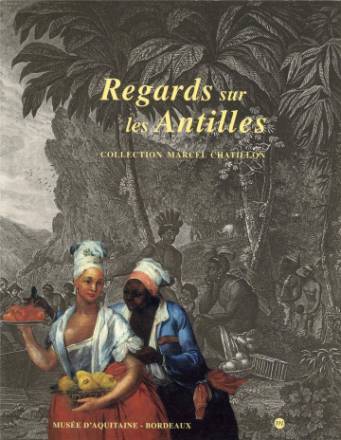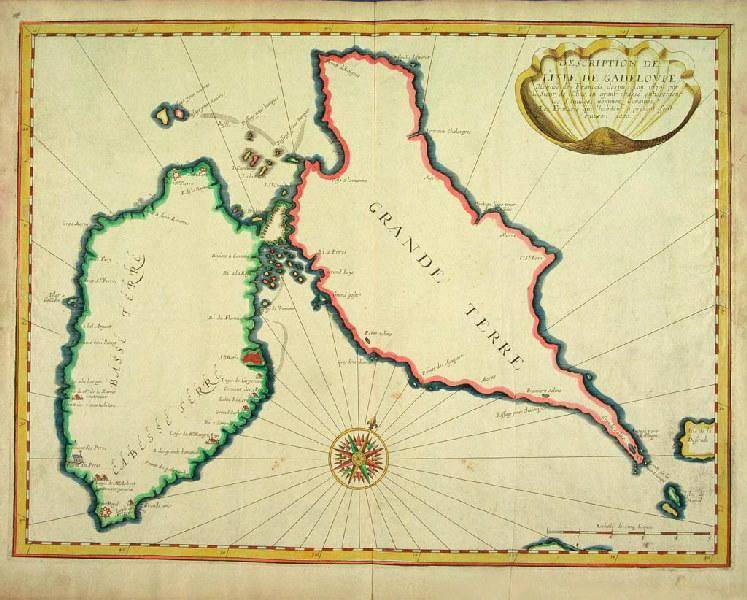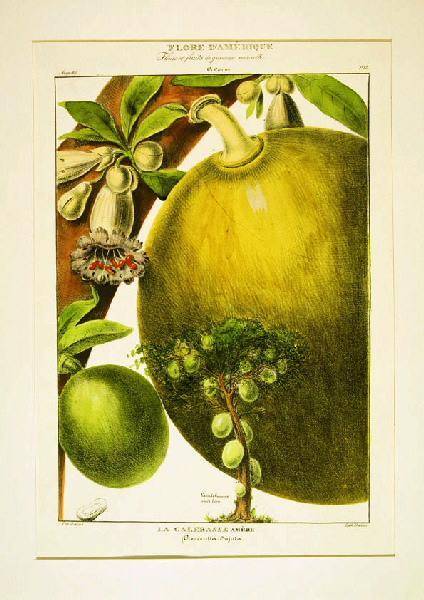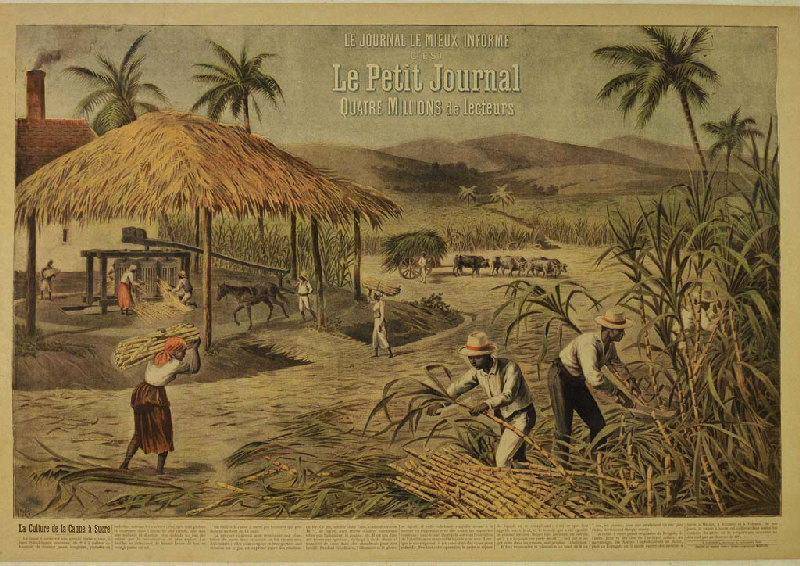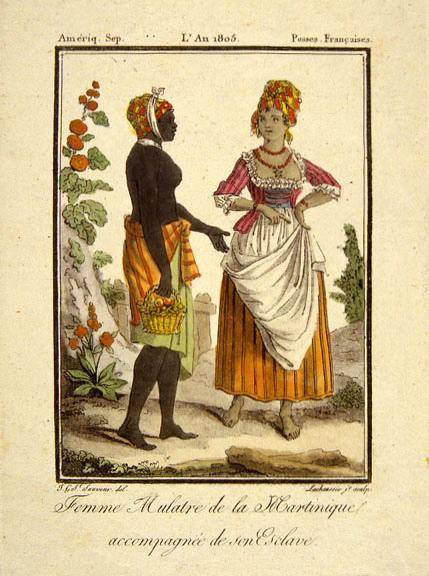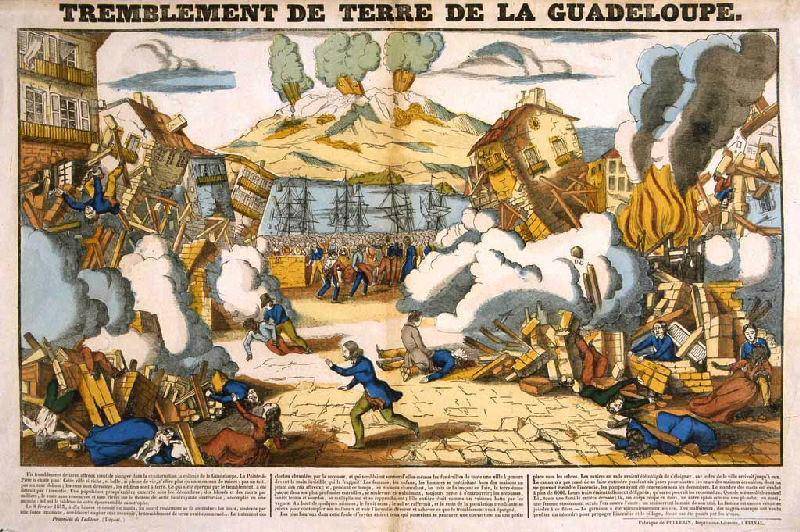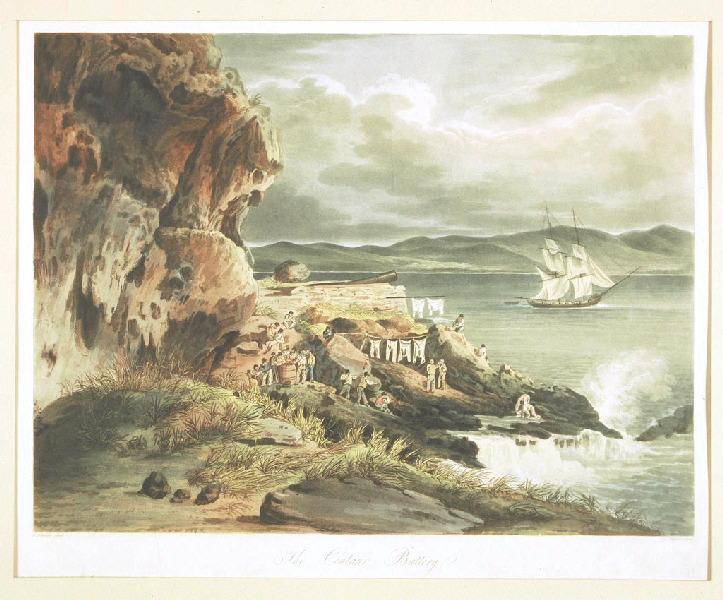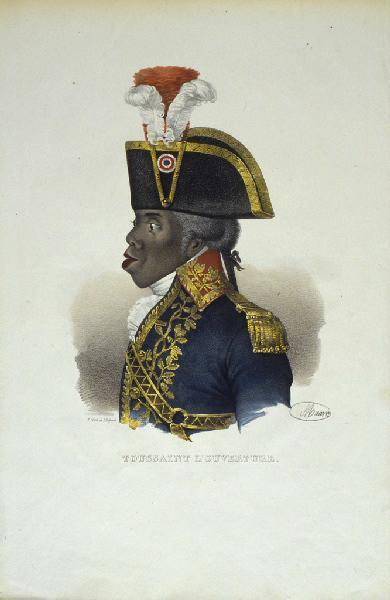Mémoire de l’esclavage : le legs Marcel Chatillon
Marcel Chatillon (1925-2003), chirurgien d’origine lyonnaise, a exercé en Guyane et à la Guadeloupe pendant une quarantaine d’années. Sa collection constitue un témoignage direct et indirect sur la traite atlantique et l’esclavage sur les îles d’Amérique.
Crédits : ce contenu était originellement publié sur le site Joconde. Il a été constitué en 2015 par Marie-Christine Hervé du musée d'Aquitaine à Bordeaux et Sophie Daënens du Service des musées de France. Les notices du musée sont en ligne sur POP, plateforme ouverte du patrimoine. Le contenu a été revu en novembre 2022 par Elsa Tilly, chargée d’informatisation des collections au musée d'Aquitaine.
Regards sur les Antilles
Le docteur Marcel Chatillon (1925-2003) est un chirurgien d’origine lyonnaise qui a exercé en Guyane et à la Guadeloupe pendant une quarantaine d’années. Sa collection a été présentée en 1999 au Musée d’Aquitaine dans le cadre d’une exposition : « Regards sur les Antilles ».
Découvrez la collection Chatillon sur Joconde
Cartographie
De nombreuses cartes des XVIIe et XVIIIe siècles constituent une partie originale de cet ensemble dans lequel se trouve l’une des premières connues de la Guadeloupe vers 1643.
Botanique
La botanique y tient également une place de choix sous la forme de planches de La Flore d’Amérique (1834-1837) d’Etienne Denisse (1785-1861).
La traite atlantique et l’esclavage
La collection Chatillon constitue surtout un témoignage direct et indirect de ce qui a contribué à la prospérité de la ville de Bordeaux au XVIIIe siècle : la traite atlantique et l’esclavage sur les îles d’Amérique. Des vues des plantations montrent le travail des personnes mises en esclavage, occupées à la culture et à la transformation de la canne à sucre.
Une réalité atténuée
Les scènes de danse et de musique, les costumes chatoyants et les tissus de madras viennent atténuer la violence du quotidien.
Paysages
Les paysages offrent la vision d’un climat idyllique, contrebalancée par l’image d’une nature hostile : ouragan, tremblement de terre de la Guadeloupe en 1843.
Un lieu stratégique
De nombreux documents illustrent les rivalités militaires franco-anglaises pour la possession des colonies comme la série des vues pittoresques du rocher du Diamant, roc stratégique convoité par les Anglais et les Français (1804).
Portraits
Enfin, une dizaine de portraits peints reprennent l’iconographie des serviteurs africains et afro-descendants vus seuls ou accompagnant leurs propriétaires.
Figurent également des personnages progressistes impliqués dans la Société des Amis des Noirs ou encore dans la seconde abolition de l’esclavage en 1848.
La révolution haïtienne (1791-1804) et ses grandes figures historiques comme Toussaint Louverture sont aussi évoquées.
Partager la page
